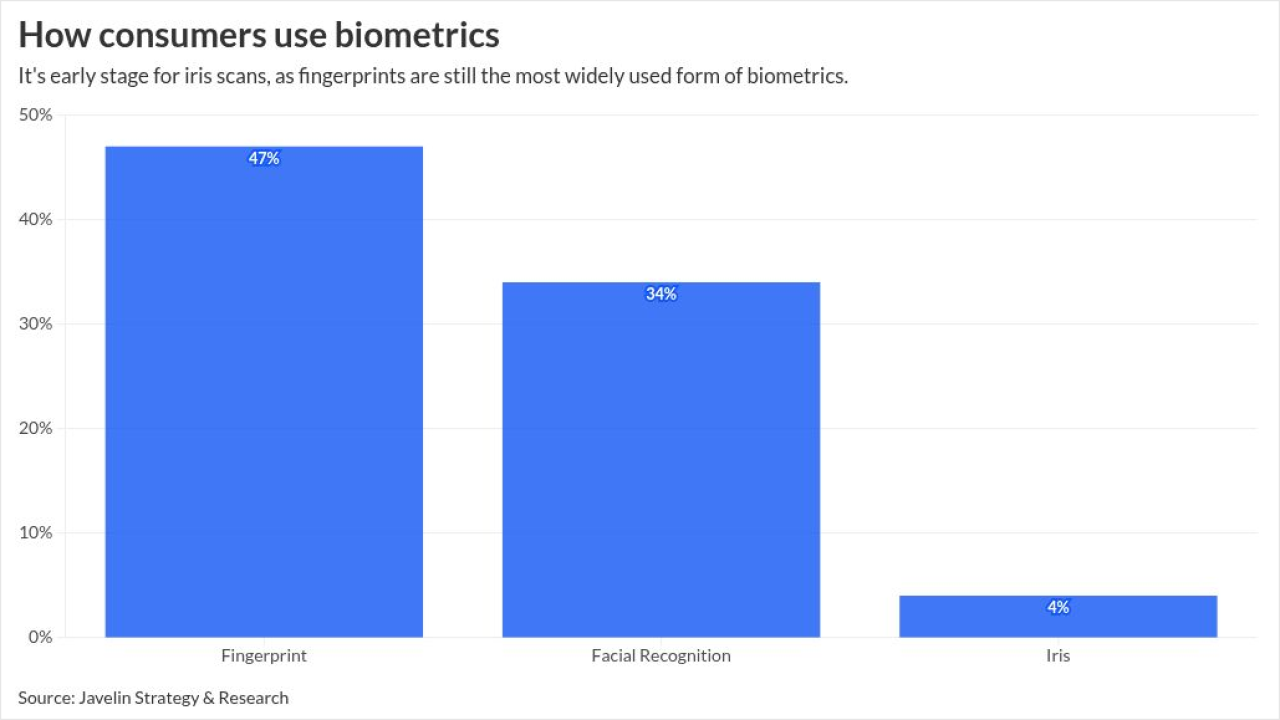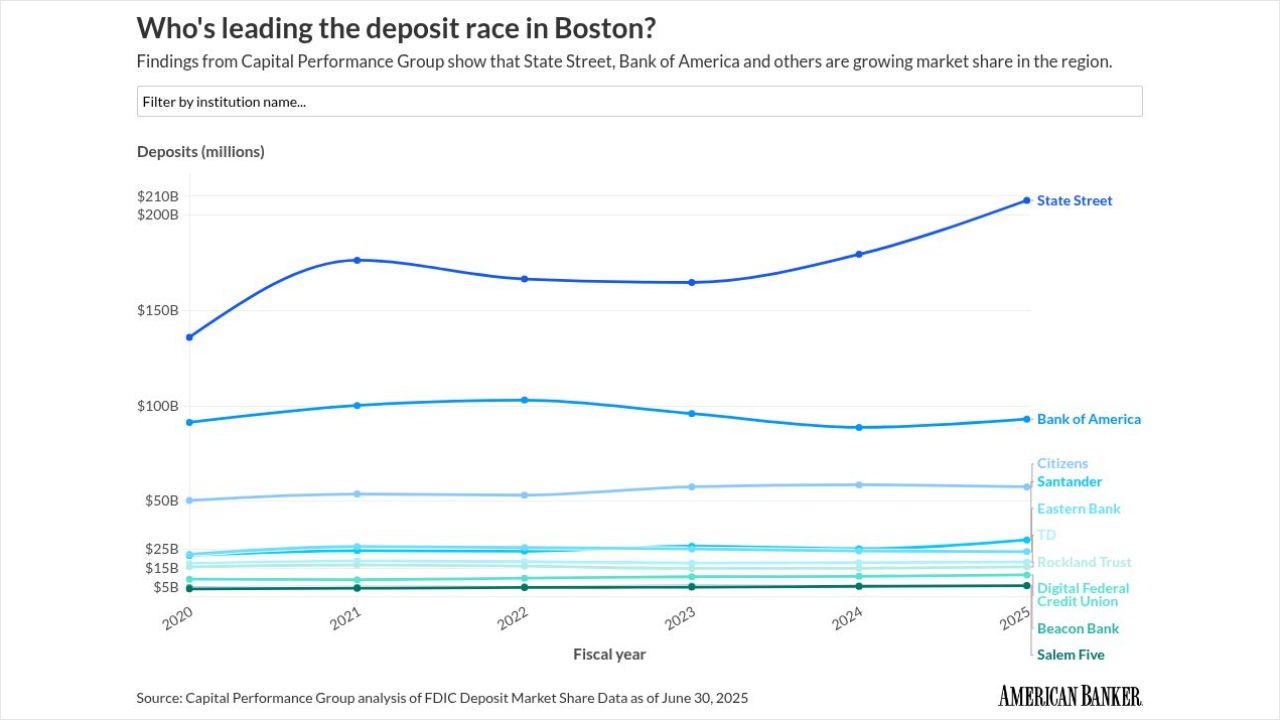Canada's payments modernization initiative is using a distributed ledger to expedite processing across a nationwide network, providing scale that could open the technology to wider use elsewhere if successful.
"The hypothesis is that by sharing a trusted ledger and participant network, there will be opportunities to streamline business processes and accelerate settlement," said Andrew McCormack, senior director of technology at Payments Canada, which is preparing a distributed ledger payments project that will be presented next spring.
McCormack is part of the team that's operating Project Jasper, an initiative that includes Payments Canada, the Bank of Canada, the R3 blockchain consortium and the major Canadian banks.

Blockchain was originally developed to power bitcoin and other alternative currencies, but over time banks have become interested in other use cases such as trades, cross-border payments and security. R3 is just one blockchain operation—others include Ethereum, Hyperledger and Ripple.
These blockchain groups have been
"Distributed ledger technology isn't currently supporting anything of the scale that Payments Canada contemplates but that doesn't mean it cannot," said Rick Oglesby, president of AZ Payments Group. "These are the sort of big projects that will be need to move distributed ledger to that level. These are the long-haul projects that are more likely to be game changers for distributed ledger technology."
The challenge for Payments Canada is determining how well the distributed ledger will work, and what types of payments will fit better than others.
"This research will be looking into how distributed ledger technology might be used to integrate the securities and payment clearing and settlement infrastructure in Canada," McCormack said.
Project Jasper is split into phases. Phase one — using a distributed ledger prototype to investigate the use of central bank-issued digital receipts instead of cash to support settlement — is already complete.
Phase two focuses on using distributed ledger technology for settlement and further experimentation. Phase three is still defining its proof of concept, though much of the work is focused on the how a distributed system can improve existing practices to successfully complete a payment, which is where distributed ledger technology has show potential thus far, according to McCormack.
"The real value of distributed ledger technology appears to be when central bank cash-on-ledger is used in conjunction with and made available to distributed applications such as smart contracts to dramatically reimagine legacy clearing and settlement processes," McCormack said.
Project Jasper is part of a major overhaul of
While Payments Canada's initiative is not directly related to other federated identity initiatives in Canada such as separate projects from
Payments Canada will introduce aliases, or a proxy database, to simplify the way payments are addressed to payees. Project Jasper's phases are interbank or interbroker initiatives, or a group of users that are well defined and permissioned to use a financial market service, McCormack said.
"That presents a very different use case than what the various retail digital identity or central bank digital currency initiatives are working with," McCormack said. He said that adding the other projects contributes to the cause of ID improvement and that he anticipates an environment where every Canadian will have a digital identifier.





